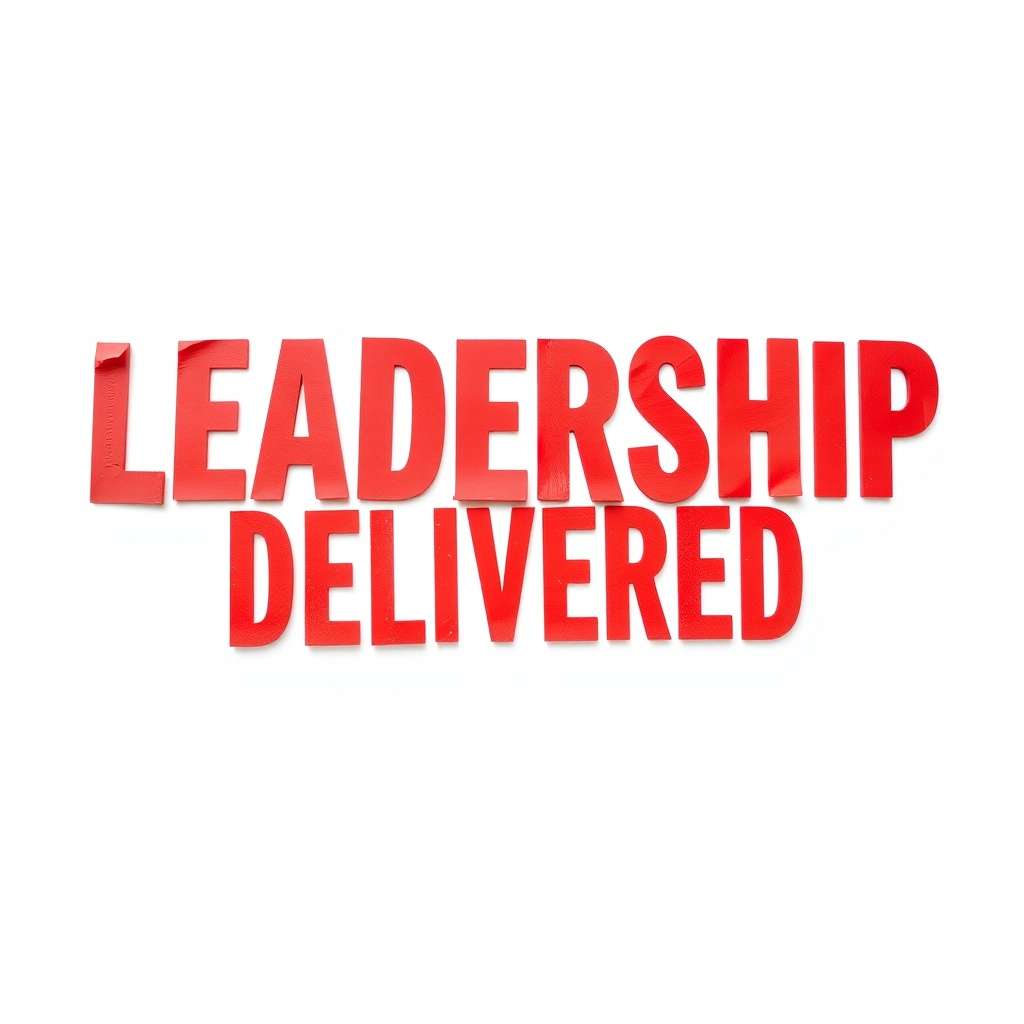🌍 GeoPolitics: Wind of Change 2025
Critical Assessment of Global Impact Drivers, Regional Shifts, and Scenarios 2026
RapidKnowHow + ChatGPT | October 2025
🧭 Executive Summary
2025 marks a turning point in global power dynamics. The “Wind of Change” sweeping across continents is no longer ideological—it’s strategic, technological, and systemic.
Global players are reshaping alliances, rebalancing dependencies, and redefining sovereignty in an age where AI, energy, and security determine the new order.
The key challenge for nations and enterprises:
Adapt fast—or be sidelined by history’s new players.
⚙️ 1. Key Impact Drivers 2025–2026
| Driver | Description | Strategic Impact |
|---|---|---|
| 🧠 AI Power Concentration | Nations compete to dominate AI infrastructures and data governance. | Shifts influence toward tech-led states (U.S., China, EU fragmentation). |
| ⚡ Energy Sovereignty | Decoupling from fossil dependency; rise of nuclear, green hydrogen, and AI-optimized grids. | Middle East diversifies; Europe faces energy realism. |
| 🕸️ Fragmented Globalization | Regional blocs (BRICS+, EU, Indo-Pacific) strengthen internal trade ecosystems. | Global trade slows; regional resilience rises. |
| 🪙 Digital Currency Wars | CBDCs and private stablecoins redefine monetary power and sanctions tools. | Dollar dominance challenged by Yuan-backed systems. |
| ⚔️ Hybrid Conflicts & Proxy Wars | AI-enhanced propaganda, cyberwarfare, and mercenary networks blur peace-war lines. | Ukraine, Sahel, Taiwan remain pressure zones. |
| 🌱 Climate Policy Clash | Green transition vs. national interest; climate becomes geopolitical currency. | Polarization between green alliances and resource economies. |
🌍 2. Regional Impact Overview 2025
| Region | Trend | Strategic Outcome |
|---|---|---|
| Europe | Post-Ukraine fatigue, rightward shift, security-first realism. | EU risks fragmentation; Germany and France recalibrate leadership. |
| United States | Election polarization, reshoring, defense-tech dominance. | Focus turns inward; global leadership selective and transactional. |
| China | Balances growth slowdown with assertive BRICS expansion. | Strengthens influence in Asia, Africa, Latin America. |
| Russia | War fatigue but strategic pivot to Asia and Africa continues. | Reduced Western leverage; new hybrid alliances. |
| Middle East | Balancing U.S.-China interests via OPEC+ and tech corridors. | Gulf states emerge as geo-economic brokers. |
| Africa | Mineral-rich, demographically young—contested by all powers. | Next decade’s growth and conflict frontier. |
| Latin America | Political volatility and Chinese economic pull intensify. | Growing autonomy, but economic vulnerability persists. |
🔮 3. Scenarios 2026: The Wind Takes Shape
Scenario 1: “Controlled Multipolarity”
- Regional powers coexist under pragmatic agreements.
- AI and trade rules negotiated via blocs (EU, BRICS+, Indo-Pacific).
- Global economy stabilizes at slower but balanced growth.
Winners: Mid-sized resilient states (India, UAE, Vietnam).
Risk: Bureaucratic inertia and local authoritarian drift.
Scenario 2: “Digital Cold War”
- The U.S. and China lock into digital-economic confrontation.
- Nations forced to “choose systems” (AI, currency, defense).
- Cyber instability and data blockades reshape trade.
Winners: Tech giants, cyber states.
Losers: Neutral economies, SMEs, and open internet models.
Scenario 3: “Global Reset”
- Series of crises (financial, cyber, conflict escalation) triggers new governance compact.
- Emergence of AI-driven global governance protocols (security, energy, data).
- UN restructured into GeoAI Council.
Winners: Coalition-led democracies embracing innovation and transparency.
Losers: Rigid, nationalist regimes resisting system integration.
🚀 Strategic Call-to-Action 2025–2026
Leaders, Businesses, and Citizens must pivot from Reaction to Strategic Adaptation.
Your Next Steps:
- Map your Exposure: Identify dependencies on unstable regions, energy, or digital systems.
- Build Alliances: Join or create regional resilience clusters to reduce external vulnerability.
- Invest in AI + Energy Convergence: The dual engines of sovereignty and growth.
- Educate & Simulate: Use RapidKnowHow GeoPower® Simulations to anticipate and lead under each scenario.
- Lead the Change: Position yourself and your organization as Strategic Navigators of the new world order.
⚡ Final Insight
“The Wind of Change doesn’t ask permission — it rewards those who sail with precision.”
Harness it. Don’t fight it. The future belongs to the strategic adapters.- Josef David
© RapidKnowHow + ChatGPT 2025 | GeoPower® Series | All Rights Reserved
Mastering Global Opportunities with GeoPower Intelligence
GeoPolitics: Wind of Change 2025
Critical Assessment of Key Impact Drivers, Regional Shifts, and Three Scenarios for 2026
Executive Summary
2025 marks a turning point: power is shifting via AI, energy sovereignty, and security economics. Alliances reconfigure, globalization fragments into resilient regions, and hybrid conflict becomes the persistent backdrop. The imperative for nations, firms, and leaders is clear: adapt fast—or be sidelined.
“The Wind of Change doesn’t ask permission — it rewards those who sail with precision.”
1) Key Impact Drivers 2025–2026
2) Regional Impact Overview 2025
Europe
Trend: Post-Ukraine fatigue; rightward shift; security-first realism.
Outcome: EU cohesion risk; DE/FR recalibrate leadership; energy pragmatism.
Action ideas →United States
Trend: Polarized politics; reshoring; defense-tech dominance.
Outcome: Selective global leadership; transactional alliances.
Action ideas →China
Trend: Managing growth slowdown; assertive BRICS+ expansion.
Outcome: Influence grows in Asia, Africa, Latin America; tech standards push.
Action ideas →Russia
Trend: War fatigue; pivot to Asia/Africa persists.
Outcome: Lower Western leverage; new hybrid alignments.
Action ideas →Middle East
Trend: Balancing U.S.–China; OPEC+ discipline; tech corridors.
Outcome: Gulf as geo-economic broker; diversification accelerates.
Action ideas →Africa
Trend: Demographic rise; minerals; contestation by all powers.
Outcome: Growth frontier & flashpoint risks; infra race intensifies.
Action ideas →Latin America
Trend: Volatility; Chinese economic pull; commodity cycles.
Outcome: Greater autonomy with fiscal/FX vulnerability.
Action ideas →3) Scenarios 2026: How the Wind Takes Shape
Scenario 1 — Controlled Multipolarity
Regional powers coexist under pragmatic, bloc-based deals. AI/Trade rules negotiated within EU, BRICS+, Indo-Pacific. Growth stabilizes at a slower, balanced pace.
- Winners: Mid-size resilient states (India, UAE, Vietnam), diversified firms.
- Risks: Bureaucratic inertia; creeping authoritarianism at local levels.
Scenario 2 — Digital Cold War
U.S. and China lock into systemic tech/finance confrontation. Countries choose stacks (AI, currency, defense). Cyber instability and data blockades reshape trade.
- Winners: Tech giants; cyber-capable states; secure chip ecosystems.
- Losers: Neutral economies; SMEs reliant on open standards; open internet models.
Scenario 3 — Global Reset
A cluster of crises (financial, cyber, escalation) triggers a new governance compact. Emergence of AI-driven global protocols for security, energy, and data; UN evolves toward a GeoAI council logic.
- Winners: Innovation-embracing democracies with transparent institutions.
- Losers: Rigid nationalist regimes resisting integration.
Strategic Call-to-Action (2025–2026)
- Map Exposure: Audit dependencies (regions, energy, chips, data). Build a heatmap by risk/severity/time-to-mitigate.
- Form Alliances: Create/join regional resilience clusters (supply, energy, standards, security).
- Invest in AI × Energy: Prioritize AI operations + grid/efficiency + nuclear/LNG transition + green H₂ pilots.
- Scenario Exercises: Run quarterly board-level sims across the three scenarios; pre-commit decision trees.
- Communicate & Lead: Publish a sovereignty and resilience roadmap; align investors, partners, citizens.



